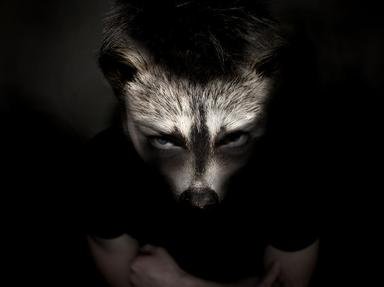Quiz Answer Key and Fun Facts
1. A group of this animal is called a drove. A young animal less than a year old is known as a leveret. What animal is pictured here?
2. Generally smaller than their close cousins, some members of this family of macropods are known as the dorcopsis or the pademelon. Widely found throughout Australia, their favorite habitat is in the most remote, heavily-forested and rugged areas. Which animal is pictured here?
3. The third-largest of all felines, this is the only species in the Panthera order found in the Americas. Like the tiger, it loves to swim although its usual habit is in dense rainforest. Which animal is pictured here?
4. Extremely dextrous front paws and the distinctive facial mask are the two principal characteristics of this North American native. Mainly found in forested regions, they have also adapted to urban life. Which animal is pictured here?
5. How about some aquatic mammals next? This animal family consists of more than 30 species, the largest of which (pictured) is the world's largest living carnivore. Which type of animal is this?
6. Short, fat bodies with short legs ideal for digging, long heads with small ears, and distinctive black and white facial markings distinguish this mammal. The collective noun for a group of them is a cete but a family colony is known as a clan. Which animal is this, who lives in a sett?
7. There are six species of this South/Central American mammal, split into two-toed and three-toed variants. What is this animal, whose name suggests that it is lazy?
8. Also sometimes known as the forest giraffe, this animal's closest relative is the world's tallest animal. This endangered creature is native to the Ituri Rainforest in the northeastern corner of the Democratic Republic of Congo. What is this mammal?
9. Sometimes called snow monkeys because their natural habitat is snow-covered for much of the year, these monkeys live further north and in a colder climate than any other primate other than humans. What type of monkey species is pictured here?
10. Finally, we go from monkeys to apes. Native only to the rainforests of Borneo and Sumatra, these species is the most arboreal of the great apes, spending most of their time in the trees. You may recognize King Louie from the 1967 Walt Disney film, "The Jungle Book". What type of ape is this?
Source: Author
EnglishJedi
This quiz was reviewed by FunTrivia editor
NatalieW before going online.
Any errors found in FunTrivia content are routinely corrected through our feedback system.

